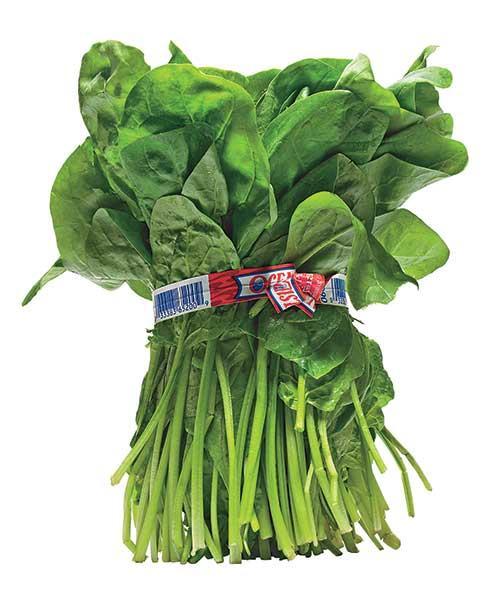
Spinach
It may be green and leafy, but spinach is no nutritional wallflower, and you know from reading Eat This, Not That!. This noted muscle builder is a rich source of plant-based omega-3s and folate, which help reduce the risk of heart disease, stroke, and osteoporosis. Bonus: Folate also increases blood flow to the nether regions, helping to protect you against age-related sexual issues. And spinach is packed with lutein, a compound that fights macular degeneration (and may help your sex drive). Aim for 1 cup fresh spinach or 1/2 cup cooked per day.
It may be green and leafy, but spinach is no nutritional wallflower, and you know from reading Eat This, Not That!. This noted muscle builder is a rich source of plant-based omega-3s and folate, which help reduce the risk of heart disease, stroke, and osteoporosis. Bonus: Folate also increases blood flow to the nether regions, helping to protect you against age-related sexual issues. And spinach is packed with lutein, a compound that fights macular degeneration (and may help your sex drive). Aim for 1 cup fresh spinach or 1/2 cup cooked per day.
SUBSTITUTES: Kale, bok choy, romaine lettuce
FIT
IT IN: Make your salads with spinach; add spinach to scrambled eggs;
drape it over pizza; mix it with marinara sauce and then microwave for
an instant dip.
PINCH
HITTER: Sesame Stir-Braised Kale > Heat 4 cloves minced garlic, 1
Tbsp. minced fresh ginger, and 1 tsp. sesame oil in a skillet. Add 2
Tbsp. water and 1 bunch kale (stemmed and chopped). Cover and cook for 3
minutes. Drain. Add 1 tsp. soy sauce and 1 Tbsp. sesame seeds.
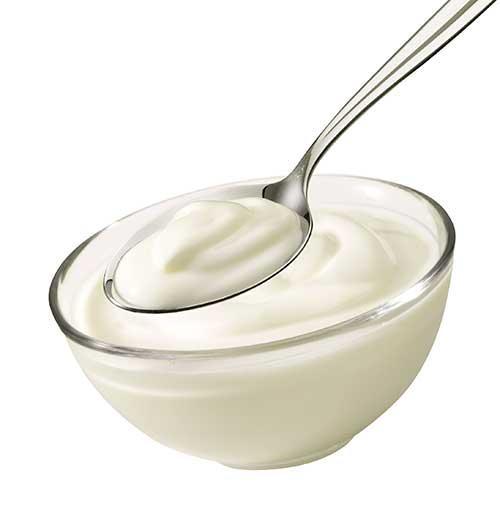
Yogurt
Various cultures claim yogurt as their own creation, but the 2,000-year-old food’s health benefits are not disputed: Fermentation spawns hundreds of millions of probiotic organisms that serve as reinforcements to the battalions of beneficial bacteria in your body. That helps boost your immune system and helps provide protection against cancer. Not all yogurts are probiotic, though, so make sure the label says “live and active cultures.” Aim for 1 cup of the calcium and protein-rich goop a day. When you’re at the store stocking up, make sure to keep our guide to the Best and Worst Yogurts of every type by your side.
Various cultures claim yogurt as their own creation, but the 2,000-year-old food’s health benefits are not disputed: Fermentation spawns hundreds of millions of probiotic organisms that serve as reinforcements to the battalions of beneficial bacteria in your body. That helps boost your immune system and helps provide protection against cancer. Not all yogurts are probiotic, though, so make sure the label says “live and active cultures.” Aim for 1 cup of the calcium and protein-rich goop a day. When you’re at the store stocking up, make sure to keep our guide to the Best and Worst Yogurts of every type by your side.
SUBSTITUTES: Kefir, soy yogurt
FIT
IT IN: Yogurt topped with blueberries, walnuts, flaxseed, and honey is
the ultimate breakfast — or dessert. Plain low-fat yogurt is also a
perfect base for creamy salad dressings and dips.
HOME
RUN: Power Smoothie > Blend 1 cup low-fat yogurt, 1 cup fresh or
frozen blueberries, 1 cup carrot juice, and 1 cup fresh baby spinach for
a nutrient-rich blast.
Related: 6 Foods Doctors Swear By
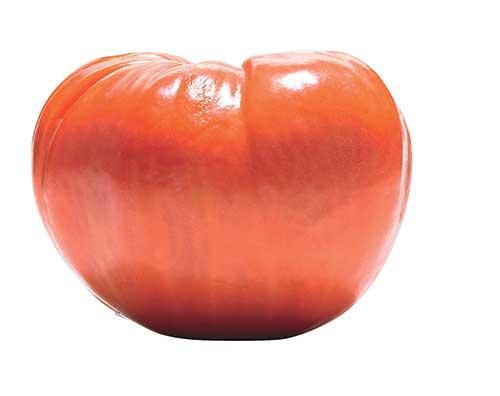
Tomatoes
There are two things you need to know about tomatoes: Red are the best, because they’re packed with more of the antioxidant lycopene, and processed tomatoes are just as potent as fresh ones, because it’s easier for the body to absorb the lycopene. Studies show that a diet rich in lycopene can decrease your risk of bladder, lung, prostate, skin, and stomach cancers, as well as reduce the risk of coronary artery disease. Aim for 22 mg of lycopene a day, which is about eight red cherry tomatoes or a glass of tomato juice.
There are two things you need to know about tomatoes: Red are the best, because they’re packed with more of the antioxidant lycopene, and processed tomatoes are just as potent as fresh ones, because it’s easier for the body to absorb the lycopene. Studies show that a diet rich in lycopene can decrease your risk of bladder, lung, prostate, skin, and stomach cancers, as well as reduce the risk of coronary artery disease. Aim for 22 mg of lycopene a day, which is about eight red cherry tomatoes or a glass of tomato juice.
SUBSTITUTES: Red watermelon, pink grapefruit, Japanese persimmon, papaya, guava
FIT IT IN: Pile on the ketchup and Ragú (as long as you check the label to make sure it’s not one of our Sneaky Sources of Sugar); guzzle low-sodium V8 and gazpacho; double the amount of tomato paste called for in a recipe.
PINCH HITTER: Red and Pink Fruit Bowl > Chop 1 small watermelon, 2 grapefruits, and 1 papaya. Garnish with mint.
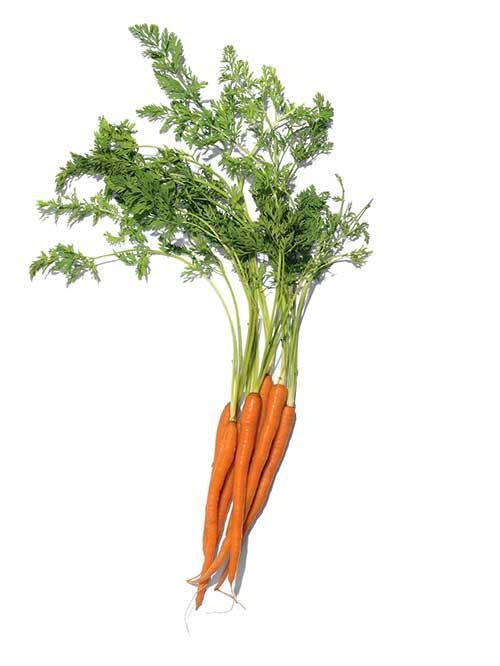
Carrots
Most red, yellow, or orange vegetables and fruits are spiked with carotenoids — fat-soluble compounds that are associated with a reduction in a wide range of cancers, as well as reduced risk and severity of inflammatory conditions such as asthma and rheumatoid arthritis — but none are as easy to prepare, or have as low a caloric density, as carrots. Aim for 1/2 cup a day.
Most red, yellow, or orange vegetables and fruits are spiked with carotenoids — fat-soluble compounds that are associated with a reduction in a wide range of cancers, as well as reduced risk and severity of inflammatory conditions such as asthma and rheumatoid arthritis — but none are as easy to prepare, or have as low a caloric density, as carrots. Aim for 1/2 cup a day.
SUBSTITUTES: Sweet potato, pumpkin, butternut squash, yellow bell pepper, mango
FIT
IT IN: Raw baby carrots, sliced raw yellow pepper, butternut squash
soup, baked sweet potato, pumpkin pie, mango sorbet, carrot cake
PINCH
HITTER: Baked Sweet Potato Fries > Scrub and dry 2 sweet potatoes.
Cut each into 8 slices, and then toss with olive oil and paprika. Spread
on a baking sheet and bake for 15 minutes at 350°F. Turn and bake for
10 minutes more.
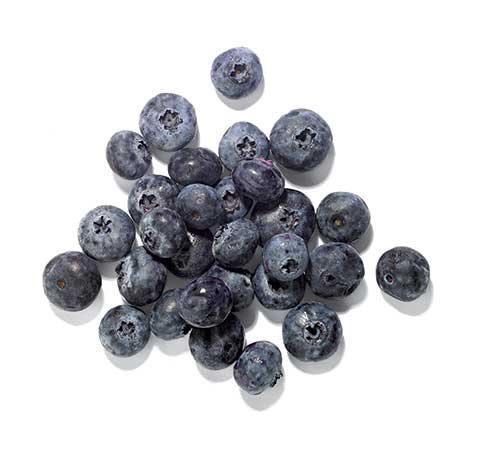
Blueberries
Host to more antioxidants than any other North American fruit, blueberries can help prevent cancer, diabetes, and age-related memory changes (hence the nickname “brain berry”). Studies show that blueberries, which are rich in fiber and vitamins A and C, also boost cardiovascular health. Aim for 1 cup fresh blueberries a day, or 1/2 cup frozen or dried. An easy way to get it in as you start your day is our amazing blueberry smoothie!
Host to more antioxidants than any other North American fruit, blueberries can help prevent cancer, diabetes, and age-related memory changes (hence the nickname “brain berry”). Studies show that blueberries, which are rich in fiber and vitamins A and C, also boost cardiovascular health. Aim for 1 cup fresh blueberries a day, or 1/2 cup frozen or dried. An easy way to get it in as you start your day is our amazing blueberry smoothie!
SUBSTITUTES: Acai berries, purple grapes, prunes, raisins, strawberries
FIT IT IN: Blueberries maintain most of their power in dried, frozen, or jam form.
PINCH
HITTER: Acai, an Amazonian berry, has even more antioxidants than the
blueberry. Try acai juice from Sambazon or add 2 Tbsp. of acai pulp to
cereal, yogurt, or a smoothie.
Related: Best Fruits for Fat Loss
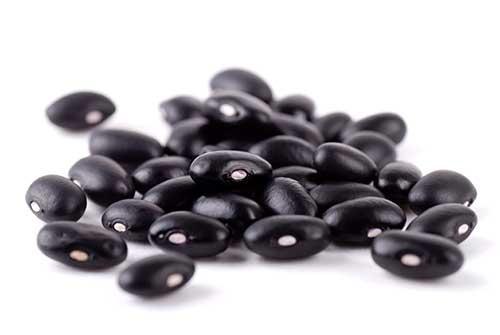
Black Beans
All beans are good for your heart, but none can boost your brain power like black beans. That’s because they’re full of anthocyanins, antioxidant compounds that have been shown to improve brain function. A daily 1/2-cup serving provides 8 grams of protein and 7.5 grams of fiber. It’s also low in calories and free of saturated fat.
All beans are good for your heart, but none can boost your brain power like black beans. That’s because they’re full of anthocyanins, antioxidant compounds that have been shown to improve brain function. A daily 1/2-cup serving provides 8 grams of protein and 7.5 grams of fiber. It’s also low in calories and free of saturated fat.
SUBSTITUTES: Peas, lentils, and pinto, kidney, fava, and lima beans
FIT
IT IN: Wrap black beans in a breakfast burrito; use both black beans
and kidney beans in your chili; puree 1 cup black beans with 1/4 cup
olive oil and roasted garlic for a healthy dip; add favas, limas, or
peas to pasta dishes. We’re even ok with you making a designated
Chipotle run to get your daily dose, as long as you memorize our tips
for slimming down your Chipotle order before you go.
HOME
RUN: Black Bean and Tomato Salsa > Dice 4 tomatoes, 1 onion, 3
cloves garlic, 2 jalapeños, 1 yellow bell pepper, and 1 mango. Mix in a
can of black beans and garnish with 1/2 cup chopped cilantro and the
juice of 2 limes.
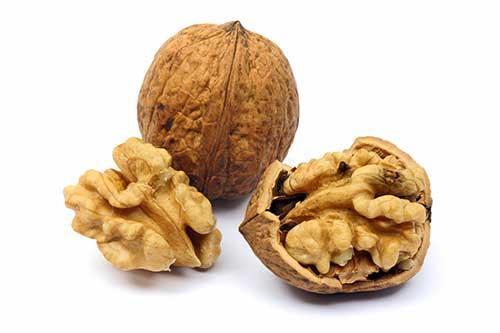
Walnuts
Richer in heart-healthy omega-3s than salmon, loaded with more anti-inflammatory polyphenols than red wine, and packing half as much muscle-building protein as chicken, the walnut sounds like a Frankenfood, but it grows on trees. Other nuts combine only one or two of these features, not all three. A serving of walnuts — about 1 ounce, or 7 nuts — is good anytime, but especially as a post-workout recovery snack.
SUBSTITUTES: Almonds, peanuts, pistachios, macadamia nuts, hazelnuts
Richer in heart-healthy omega-3s than salmon, loaded with more anti-inflammatory polyphenols than red wine, and packing half as much muscle-building protein as chicken, the walnut sounds like a Frankenfood, but it grows on trees. Other nuts combine only one or two of these features, not all three. A serving of walnuts — about 1 ounce, or 7 nuts — is good anytime, but especially as a post-workout recovery snack.
SUBSTITUTES: Almonds, peanuts, pistachios, macadamia nuts, hazelnuts
FIT
IT IN: Sprinkle on top of salads; chop and add to pancake batter; spoon
peanut butter into curries; grind and mix with olive oil to make a
marinade for grilled fish or chicken.
HOME RUN: Mix 1 cup walnuts with 1/2 cup dried blueberries and 1/4 cup dark chocolate chunks.
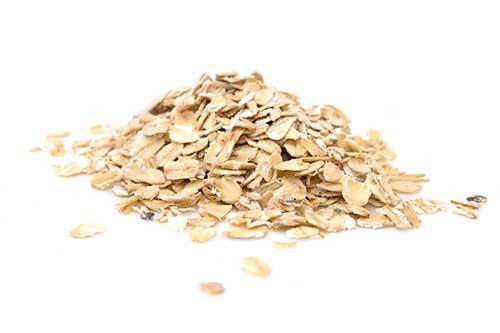
Oats
The éminence grise of health food, oats garnered the FDA’s first seal of approval. They are packed with soluble fiber, which lowers the risk of heart disease. Yes, oats are loaded with carbs, but the release of those sugars is slowed by the fiber, and because oats also have 10 grams of protein per 1/2-cup serving, they deliver steady, muscle-friendly energy.
The éminence grise of health food, oats garnered the FDA’s first seal of approval. They are packed with soluble fiber, which lowers the risk of heart disease. Yes, oats are loaded with carbs, but the release of those sugars is slowed by the fiber, and because oats also have 10 grams of protein per 1/2-cup serving, they deliver steady, muscle-friendly energy.
SUBSTITUTES: Quinoa, flaxseed, wild rice
FIT
IT IN: Eat granolas and cereals that have a fiber content of at least 5
grams per serving. Sprinkle 2 Tbsp. ground flaxseed on cereals, salads,
and yogurt.
PINCH
HITTER: Quinoa Salad > Quinoa has twice the protein of most cereals,
and fewer carbs. Boil 1 cup quinoa in 2 cups of water. Let cool. In a
large bowl, toss it with 2 diced apples, 1 cup fresh blueberries, 1/2
cup chopped walnuts, and 1 cup plain fat-free yogurt.
No comments:
Post a Comment